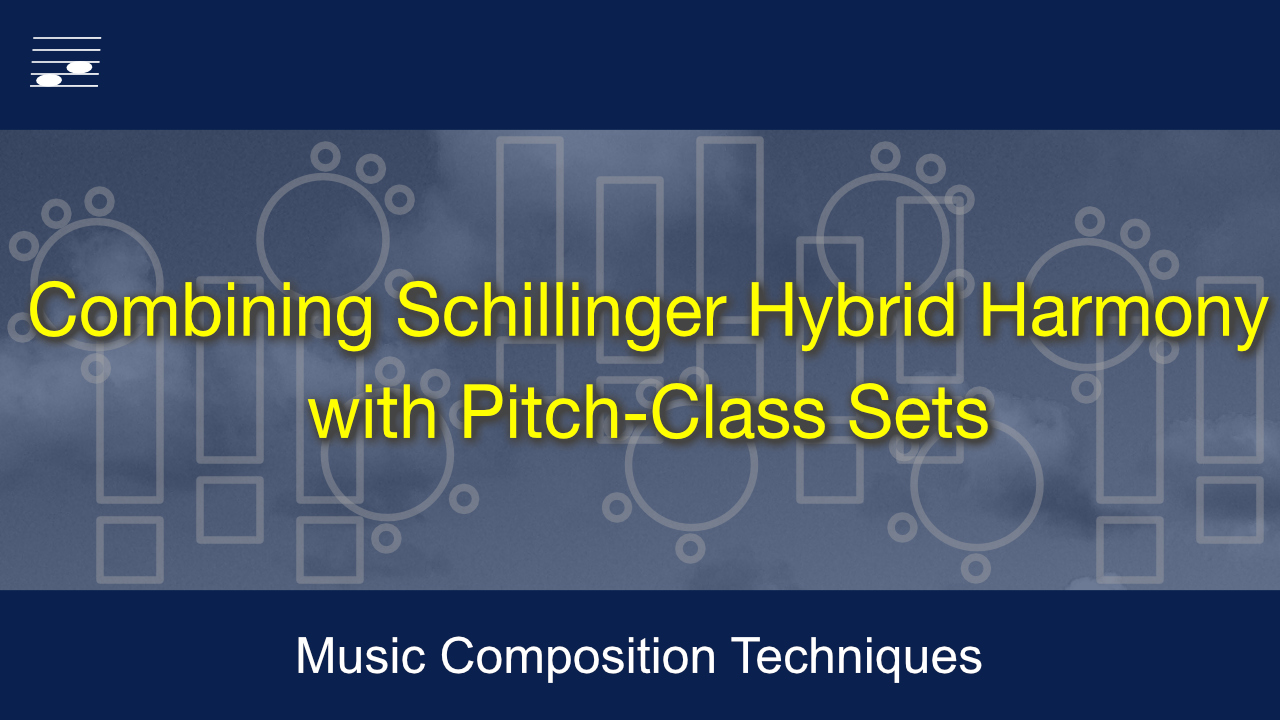Homepage > Composition > Music Datasheet
"Double Exposure"
| GENERAL INFORMATION | |
|---|---|
| Title | Double Exposure |
| Composer | F.G.J. Absil |
| Instrum. | Studio Orchestra and Ethnic Instruments |
| Date | February 2022 |
| Duration | 3'30 |
| Style | Orchestral Music |
| Key | Cm modal - Atonal |
| Meter | 4/4 |
| Measures | 56 |
| Tempo | 66 BPM |
FULL INSTRUMENTATION

- Woodwinds: Bansuri, Piccolo, Flute 1-2, Alto Flute, Oboe, Clarinet in Bb, Bass Clarinet, Bassoon, Tenor Sax 1-2, Baritone Sax;
- Brass: Horn in F 1-2-3-4, Trombone 1-2-3, Bass Trombone, Contrabass Tuba;
- Percussion: Vibraphone, Qanun, Bass Drum, Piatti, Suspended Cymbal, Shaker, Tambourine, Ethnic Percussion group (including Conga, Darbuka, Dholak, Djembe, Doumbek, Dunun, Udu);
- Rhythm: Bass Guitar, 2 Synthesizer players;
- Strings: Violin 1 (1 solo), Violin 2, Viola (1 solo), Cello, Double Bass.
NOTES FOR THE PERFORMER
 The composition 'Double Exposure' for orchestra and ethnic instruments is the example for the YouTube video tutorial on the combination of Schillinger Diatonic 4-Part Hybrid Harmony (SHH) and atonal harmony using a Pitch-Class Set (PCS). Here are the details:
The composition 'Double Exposure' for orchestra and ethnic instruments is the example for the YouTube video tutorial on the combination of Schillinger Diatonic 4-Part Hybrid Harmony (SHH) and atonal harmony using a Pitch-Class Set (PCS). Here are the details:
- The piece is subdivided into eight sections, juxtaposing SHH and PCS harmony.
- Diatonic SHH is derived from a 7-pitch minor modal scale: C-D-Eb-F#-G-Ab-Bb. Chord progressions use variable tension chord sturctures (between S9 and S13) and a mix of positive and negative root cycles. A tutti section progression uses a 4-layer Strata Harmony approach with harmony doubling and bass part coupling.
- The PCS 5-9 = {0,1,2,4,6} = [231211] is used for atonal harmony and melody. Progressions are based on set forms (original and inverted) with common notes C-E (major 3rd), C-D (major 2nd) and C-Db (minor 2nd). A melodic phrase uses an all-interval series from the interval vector.
- Rhythmic phrases use a linear growth Schillinger Rhythm with attack-duration series of notes and rests (t+r)+(t+t+r)+(t+t+t+r)+(t+t+t+t+r), undergoing circular permutation.
- The audio rendering of the Cubase 11 Midi mockup uses Audio Modeling SWAM woodwinds, Sample Modeling brass and ensemble strings, Aaron Venture Infinite Series woodwinds, Pianoteq Vibraphone, Toontrack Superior Drummer orchestral percussion, Ample Sound Fender Jazz bass guitar, In Session Audio Shimmer, Shake and Strike and World Drum Creator, synthesizers from the Native Instruments Komplete and the Arturia V Collection. Effect plug-ins are Steinberg stock, FabFilter, LiquidSonics, Valhalla DSP, and Nugen Audio.
Additional Material:
- Full score: Read the score >> (PDF full score, A3 format, portrait, 12 pp.)
- Companion booklet: Combining Schillinger Hybrid Harmony with Pitch-Class Sets, available on my Patreon page (PDF, A4, 23 pages). Text, diagrams and reduced score examples.
- Watch the YouTube video tutorial: 'Combining Schillinger Hybrid Harmony with Pitch-Class Sets' (28'11)
